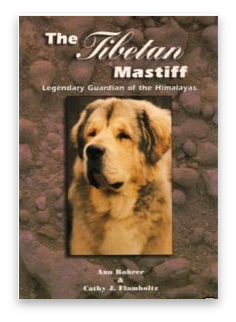Newsletter 16
Tibetan Mastiff Memories,
A Tribute to Ann Rohrer
April 5, 2011
Tibetan Mastiff Memories,
A Tribute to Ann Rohrer
April 5, 2011
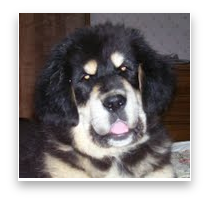
Hi Everyone,
Sorry for the delay in getting this issue of the newsletter out. I've made several starts on writing this one and scrapped them all. Finally, it was a news story that prompted this month's jog down memory lane. (Note: If you're a Collie collector, be sure to scroll down to the final paragraphs.)
Before I begin, I need to tell you that Harve and I are taking a few days off for vacation. It's been about three years since we've taken time off and we're going to Callaway Gardens, in south Georgia, to see the azaleas in bloom. So, if you are ordering something from the ebay store, we won't be able to mail it until Monday or Tuesday.
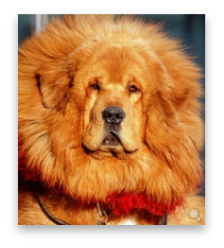
Big Splash's breeder, Lu Liang, from Laoshan, thinks the price is fair. He owns five Tibetan Mastiffs and employs staff to care for his dogs. The TMs are raised on a diet of beef and chicken supplemented by treats of abalone and sea cucumber. In all, he spends $5,000 a month caring for his dogs.
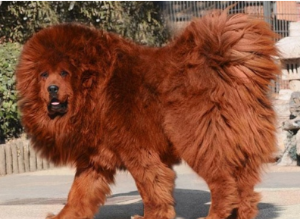
Tibetan Mastiffs have become the ultimate status symbol for China's nouveau riche. Last year, it was a dog named Red Lion that captured attention. After winning the title of Grand Champion at a Chengdu show with an entry of 200, Red Lion was sold for 1.47 million dollars.
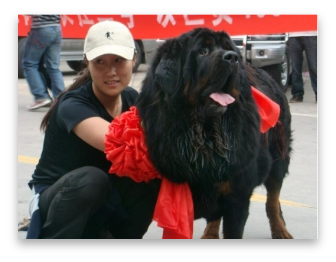
The trend for monstrous prices seems to have started in 2009. Headlines blared about another big sale, this time to a Chinese woman named Wang. In search of an outstanding TM, she journeyed to the remote border region between Tibet and China's western Quinghai Province. There she shelled out $582,000 for an 18 month old TM named Yangtze 2. When Wang and her new dog arrived at Xianyang International Airport, they were greeted by a committee of dog lovers holding a big red banner welcoming the TM to the area. Outside, were two Mitsubishi SUVs followed by a convoy of 30 black Mercedes waiting to usher the two home.
While the newspapers decried the excess and questioned the idea that someone would pay so much for a dog in a country with so many poor people, I was struck by a sadder irony. The Chinese elites now treasure the Tibetan Mastiff....yea, nice to hear. But in the 1950s, Chinese soldiers were using rifle butts to bash TMs to death in the streets of Lhasa, Tibet's capital. Actually, it was even more heartbreaking than that. Wary of these traditional and intimidating guard dogs, the military passed a law saying that all TMs must be killed by their own owners and their bodies placed on burning pyres. Those who refused to comply were jailed.
This one edict alone was an all out assault on Tibetan tradition, culture and religion. Dogs have been part of the warp and weft of Tibetan society for hundreds of years. Long before the first European explorers ventured to the Roof of the World, Tibetan people had been sharing their homes with their dogs. At the time, Tibet was probably the most religious country in the world and, in accordance with their Lamastic Buddhism, killing a creature was strictly taboo. I imagine, though, that the Chinese army knew all this and that was the point really, wasn't it? We may never know how many Tibetan dogs were slaughtered at the hands of the Chinese.
Some residents of Lhasa did manage to hide their dogs and others placed them with monks in the monasteries to ensure their survival. Thankfully, dogs in more distant cities and in remote encampments remained safe. As China's economy exploded and there was more money and time for leisure, an interest in purebred dogs began to bloom.
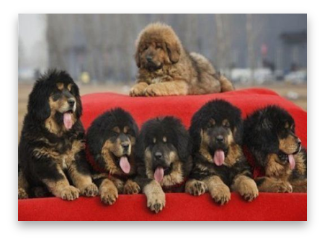

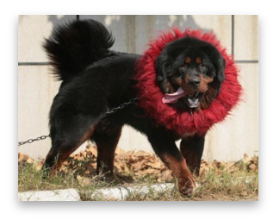
I can't think of Tibetan Mastiffs without remembering my friend Ann Rohrer. Ann was the first person to introduce me to the breed and was my co-author on The Tibetan Mastiff, Legendary Guardian of the Himalayas. I think she would be absolutely shocked to see what's happened in China. Ann was stationed in Nepal in 1966. There she came to know and love the Tibetan people who had fled to Nepal as refugees following the Chinese takeover of their country. She visited many of their homes and fell in love with the Tibetan Mastiff as well as the Tibetan Spaniel and Tibetan Terrier. It was then and there that she made a promise: she would do everything in her power to prevent the Tibetan Mastiff from becoming extinct. At the time, that surely looked like where the breed was headed.
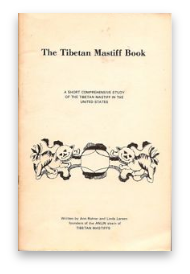
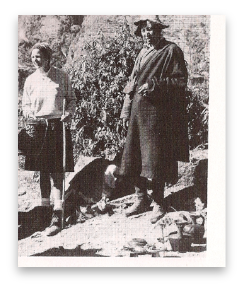
In the years following publication of the Tibetan Mastiff book, a mystique grew about Ann. (Note: That's the cover of the first edition and the color cover which appears on subsequent editions.) Some people took a look at the countries where Ann had been posted and concluded that she was a spy. They would ask me, in hushed tones, if Ann was really with the C.I.A. Such speculation even made it into a book review which appeared in a prominent newspaper. Apparently, other people were every bit as fascinated with Ann's adventures as I was. These stories were an endless sense of merriment for us and always brightened our days.
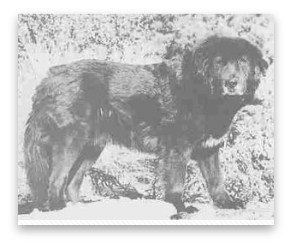
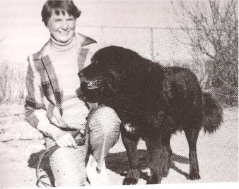
Ann was interested in the other Tibetan breeds as well. While she was in Nepal, she managed to secure a Tibetan Terrier which she shipped to Angela Mulliner, in England, to add to British lines. She absolutely adored Tibetan Spaniels, finding them wonderful complements to TMs. She owned several of the breed, including the first ever Mexican and International Champion.
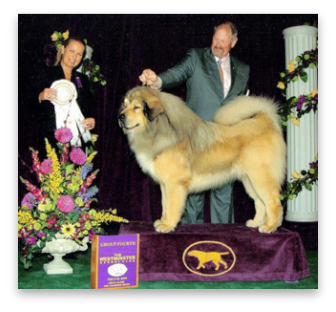
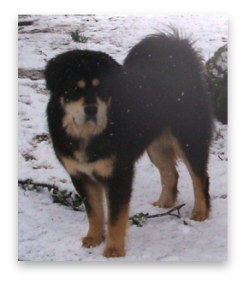
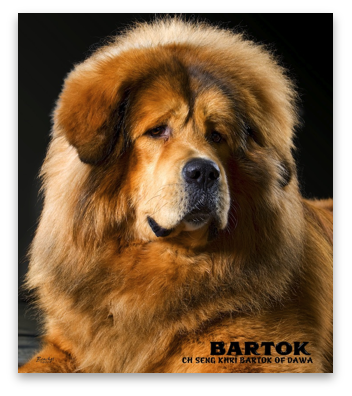
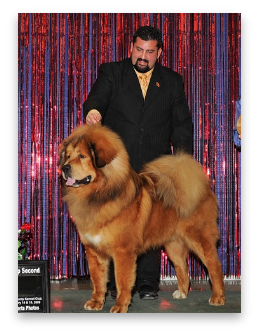
Kalu's name appears many times (now in the 12th generation removed) in the pedigree of the top winning Tibetan Mastiff of all time, Grand Champion Sengkri Bartok of Dawa, owned by Dan Nechemias and Lois Claus, of Dawa Tibetan Mastiffs, and handled in the ring by Ed Thomason. This big red fellow made an instant impression on everyone who saw him. He had a commanding presence, flawless movement and he loved competing. Lois says that shows were all a big game to Bart who loved spending time with his buddy, Ed. After a weekend at the shows, Bart would sleep till noon on Mondays. It will probably be many years before another TM tops his record of 10 Bests in Show. In 2009, Bart won a second in Group at the AKC/Eukanuba National Championships.
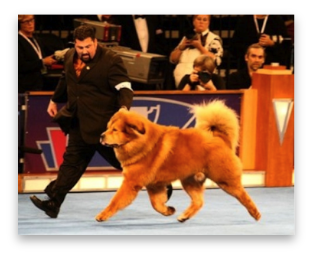
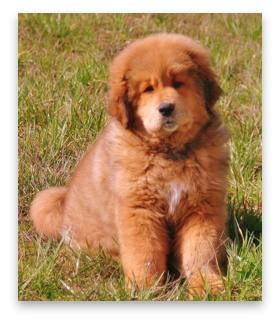
Those few people, however, that were included in Bart's inner circle were able to see another aspect of the dog's personality: Bart could be "goofy and downright silly." Lois says he was like a big puppy who delighted in dancing around while playing. He loved chomping on his toys and throwing them high in the air. Those who chuckled at his antics were rewarded with soft kisses. "Bart was as all Tibetan Mastiffs should be: a protector, a fearless companion and a silly puppy."
Our condolences to Lois and Dan and I thank them for telling me about Bart and allowing me to show several of his photos. You can find more of them on Bartok's page at the Dawa website.
One of the wonderful things about writing this newsletter is all the feedback I receive. I've made contact with so many other collectors that are just as crazy as I am. After reading Newsletter 11: Terhune Stories and Old Friends, I heard from Lillian Puchalski, who has owned and bred Collies for over 40 years. (Her smooth blue merle just earned her tracking degree.) About 20 years ago, a friend saw an ad for an upcoming sale by a Terhune relative. Lillian was fortunate enough to buy a number of things, including a framed photo of Albert Payson Terhune that had hung at Sunnybank.
Among the items she purchased was a manuscript by Anice Terhune. Many people don't realize that Terhune's wife was a writer in her own right, publishing several books and numerous magazine articles. She penned an autobiography of Terhune shortly after his death. The manuscript she bought is 22 pages in length and was probably intended as a magazine article. It's difficult to tell if it was actually published. It bears the heading: "Anice Terhune, Sunnybank, Pompton Lakes, New Jersey," and probably hails from the about 1920. Sadly, it's not about dogs. Lillian is paring down her collection and would like to sell this piece. Anyone who is interested can contact her at: woodcraft3@aol.com
Well, I guess that I'll close for now. I hope you are all enjoying the spring weather.
Happy Collecting,
Cathy, Harvey, Matt & Cocoa
Among the items she purchased was a manuscript by Anice Terhune. Many people don't realize that Terhune's wife was a writer in her own right, publishing several books and numerous magazine articles. She penned an autobiography of Terhune shortly after his death. The manuscript she bought is 22 pages in length and was probably intended as a magazine article. It's difficult to tell if it was actually published. It bears the heading: "Anice Terhune, Sunnybank, Pompton Lakes, New Jersey," and probably hails from the about 1920. Sadly, it's not about dogs. Lillian is paring down her collection and would like to sell this piece. Anyone who is interested can contact her at: woodcraft3@aol.com
Well, I guess that I'll close for now. I hope you are all enjoying the spring weather.
Happy Collecting,
Cathy, Harvey, Matt & Cocoa


